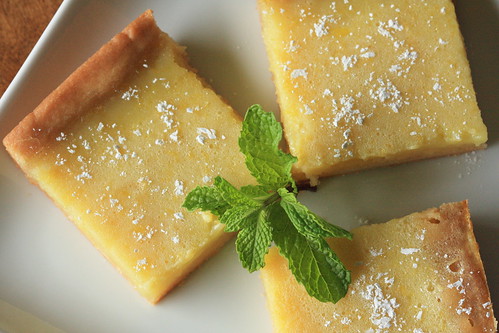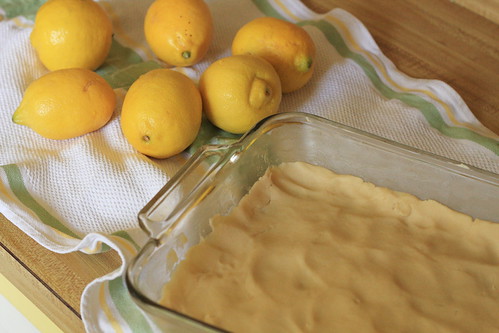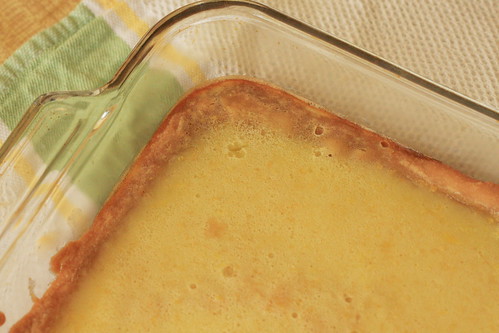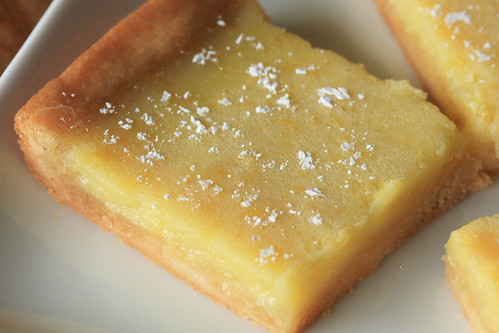
Back in January, I lost a close friend. His name was Jay. And he committed suicide.
I think I danced more dances with Jay than anyone else in the last five years. We had a great connection as partners and shared a common sense of dance etiquette. Every dance seemed effortless. And every dance (or nearly so) was insanely gratifying -- the highest of highs, unmatched by any drug and untouchable by anyone else in the room.
Jay was also the single most selfless person I've ever met, which made the news of his passing all the more crushing. He was well known among our group of friends for being both a quirky gift giver and unfailingly thoughtful. Last year, during a particularly depressing birthday, I came home to find a beautiful orchid and a bag of goodies on my doorstep -- gourmet BBQ sauce, dark chocolate-covered caramels, and $20 enclosed in a card instructing me to treat myself. Jay always checked in on me when he knew things were going poorly, and he would spend hours on the phone helping me pass the time when I was lonely.

Jay's unique brand of friendship was an unbelievable blessing. When I heard that he was gone, there was a minute or two of confusion and panic -- those moments where you think surely the message bearer must be wrong, that the details of an unfortunate but not deadly accident must have gotten lost in translation somehow. Later, you wish you could hang on to those moments. They're the last ones where you have hope. But they evaporate in a breath and are replaced by a feeling that is perhaps like being bashed in the chest with nail-ridden 2x4. That feeling persists constantly for weeks. You think you might die, and you wonder why you shouldn't want to. The world is most certainly not a better place without this person in it, and it wasn't "his time" or whatever some well-meaning sympathy-giver purports.
And of course there are the regrets. It does not matter that you logically know the act of suicide is not your fault. Your pour over all the recent memories, analyzing them for signs you must have missed the first time. I've spent hours regretting and, in particular, wondering why I did not follow up on that last text message I sent (December 27) that never received a response. Why didn't I follow up? It was not like him to not respond.
There are eerie reminders of his passing. Like his still-active Facebook account, now administered by his brother, but which still bear his name and image. I like that it is still there, giving the illusion that I could reach out and talk to him if I wanted. But I don't like that it looks as though I didn't respond to his last Facebook message to me. Yes, I did, Facebook. It was just via text. You don't know.

It's apparent to me now that "getting over it" isn't an option. But I have made several attempts to move forward. Returning to this blog is one of them. I can control the outcomes in cooking and baking, and I'm pretty good at them. There's something healing about that. Last week I spent five days in Denver, checking to see if improved dance opportunities (at the Grizzly Rose) would be a boost to me. They were a tremendous boost and supported my notion that perhaps my time in Seattle is wrapping up. I'll likely fare better in a city that offers better access to my family and a dance scene more suited to my needs. I'm not sure that Denver is the answer, but the trip to investigate it was a step in the right direction.
For my 30th birthday party almost two years ago, Jay brought his signature odd-but-delightful assortment of gifts: a bottle of RumChata, a bucket of strawberry daiquiri mix, a bag of toast pieces and dip, a frozen key lime pie, and a tray of lemon bars from Trader Joe's. I've deduced from that experience that he must have liked citrus (who doesn't?), so below you'll find a most excellent recipe for lemon bars.
My first attempt at lemon bars, while available for you to peruse on the blog, missed the mark, and missed it by enough that I won't even link to it. They were just too sweet. For this second go around, I had it in mind to try out Ina Garten's recipe. She's normally pretty reliable, but her recipe uses 3 CUPS of sugar for a 13x9" dish. That's just gross -- think about how much sugar that is per bar. Your teeth would stage a revolt.

I was looking for a bar that was distinctly lemon, with little notes of sweetness, not the other way around. I also wanted a sturdy but complementary crust that would hold up for cutting and serving. I decided to try a recommendation from The Way the Cookie Crumbles for using a crust recipe from Tartine and a filling recipe from Cook's Illustrated.
I made this recipe twice, with adjustments the second time (reflected in the recipe below). I don't normally use salted butter for anything but frosting, but in my first attempt with unsalted butter, the crust was a bit of a lame duck. The texture and consistency were perfect, but in every bite it felt as though the 1/8 teaspoon of salt in the filling was trying to stretch -- unsuccessfully -- to cover the crust too. Rather than experiment with finding the proper amount of salt to add to the crust, I just substituted salted butter. Then the crust had a flavor profile of its own.
One quick note, before I wrap up, about the lemon zest. There is no universally proclaimed way of measuring lemon zest. If you grate it with a Microplane, it piles up into little nests. Whether you drop those little piles into a teaspoon or pack them in is up to you. I noted below that I lightly packed mine in, and I used 3 teaspoons worth. This really puts the lemon flavor in the spotlight. If you prefer a more mellow, all-around lemon flavor, stick to 2 teaspoons (which is what Cook's Illustrated recommends in their original recipe).
[Tip: If you crumble the dough with your fingers as you're putting it into the pan, it will help you get a more even distribution before patting it down. The first time I made this recipe (which is when I took the pictures), I just used my hands to pat the dough flat. The second time, I mainly used the bottom of a 1 cup measuring cup to flatten the crust down, and then my fingers to press it into the corners as needed. That yielded a much more even crust.]
Lemon Bars
Makes one 13 x 9" dish
Crust
Adapted from a recipe by Tartine
1/2 cup confectioners’ sugar
1 1/2 cups all-purpose flour
12 tablespoons (1 1/2 sticks) salted butter, room temperature
Filling
Adapted from a recipe by Cook's Illustrated
4 large eggs, lightly beaten
1 1/3 cups granulated sugar
3 Tablespoons all-purpose flour
3 teaspoons grated lemon zest (from about 3 large lemons), lightly packed
2/3 cup lemon juice (from 3 to 4 large lemons), strained
1/3 cup whole milk
1/8 teaspoon table salt
Preheat the oven to 350 degrees F and butter a 13 x 9" baking pan.
To make the crust: Sift the confectioners’ sugar into the bowl of a stand mixer fitted with the paddle attachment. Stir in the flour. Add the butter and and beat on low speed just until a smooth dough forms. Press the dough evenly into the pan and allow it to come about a 1/2" up the sides of the pan. Line the crust with parchment paper and fill with pie weights. Bake the crust until it is golden brown, 25-35 minutes.
Meanwhile, whisk the eggs, sugar, flour, and salt in a medium bowl. Whisk in the lemon zest, juice, and milk to blend.
When the crust is finished baking, remove the pan from the oven and then remove the pie weights and parchment paper from the top of the crust. Reduce the oven temperature to 325 degrees F.
Stir the filling mixture to reblend (if needed) and pour into the warm crust. Bake until the filling feels firm when touched lightly, about 20 minutes. Transfer the pan to a wire rack; cool to near room temperature, at least 30 minutes. Cut into serving-size bars, wiping knife clean between cuts. Sieve confectioners’ sugar over bars if desired.

No comments:
Post a Comment